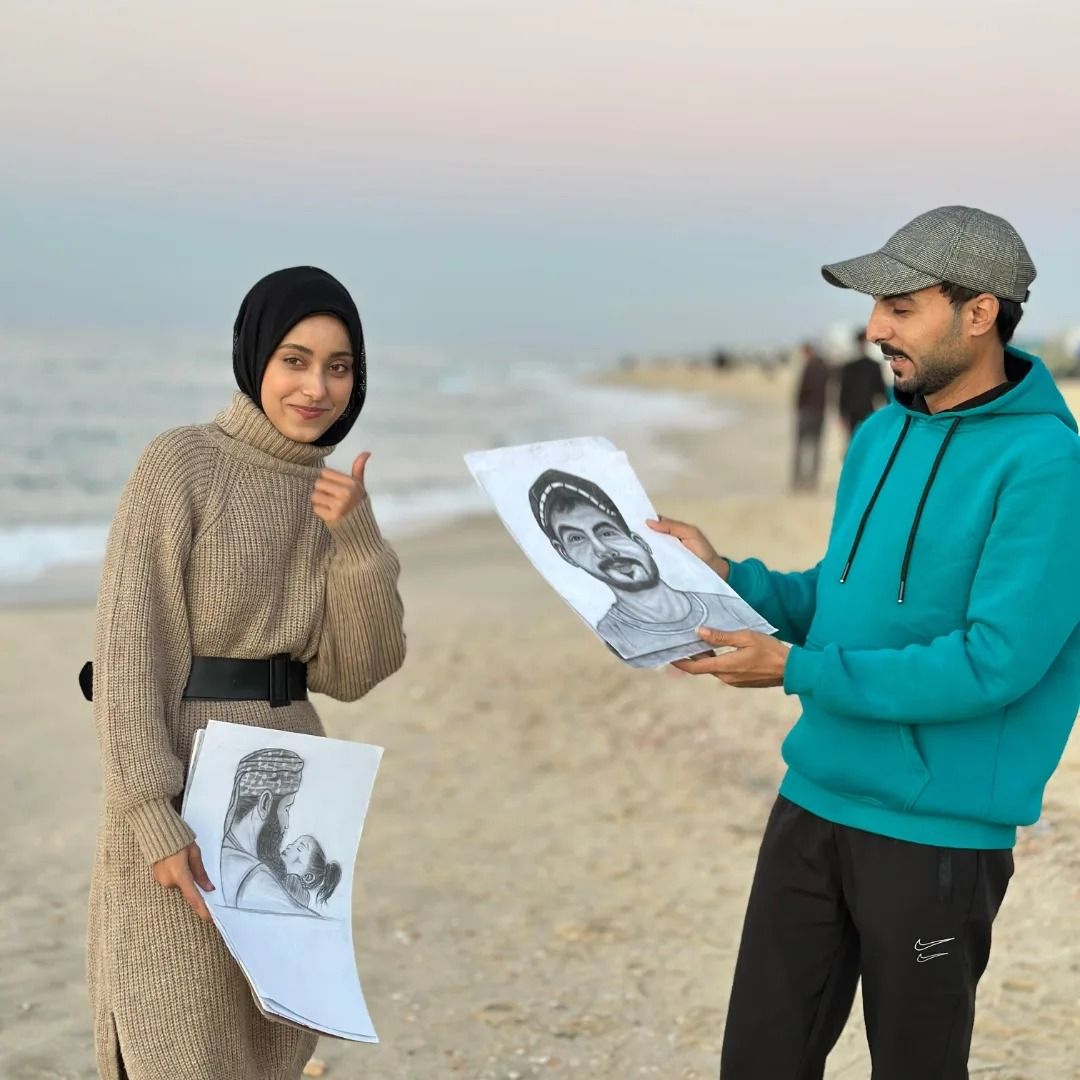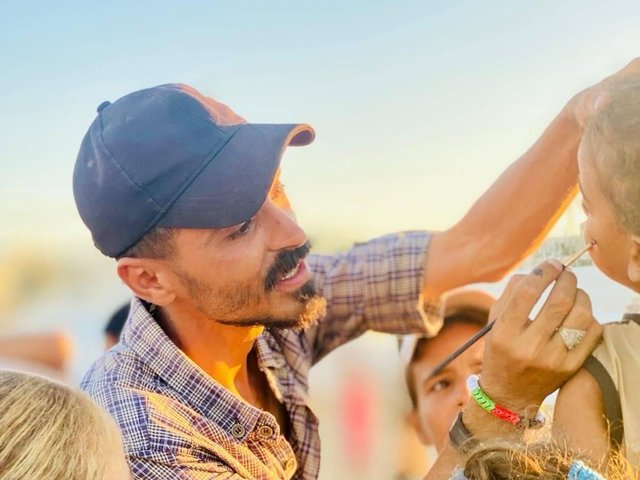A profound loss has struck the Palestinian and international art communities with the reported death of 22-year-old Gazan artist Dina Khaled Zaurub. Known for her charcoal and graphite portraits, Zaurub was a powerful chronicler who specialized in documenting the faces of Palestinians killed during conflicts with the Israel Defense Forces (IDF), earning recognition from cultural bodies for her dedicated work. According to reports from the Quds News Network, the young artist was killed on 12 April when an Israeli airstrike hit the displaced persons camp west of Khan Yunis, Southern Gaza, where she and her family had sought refuge in a tent. Her death is a heartbreaking irony: the artist who worked tirelessly to keep the memory of the fallen alive has now tragically joined their number. This event underscores the devastating toll of the conflict on Gaza’s vital cultural figures, who are described by colleagues as crucial “warriors and witnesses” whose essential work often goes unrecognized until after their passing.
A Portraitist of Memory: Zaurub’s Artistic Legacy
Dina Khaled Zaurub dedicated her life and her art to a singular, vital purpose: documenting the faces of those killed in the relentless conflict. Specializing almost exclusively in portraiture, Zaurub’s chosen medium was often charcoal and graphite, allowing her to capture hauntingly beautiful and deeply personal renderings of the deceased. Her focus was on memory and honour, striving to prevent the lives lost from becoming mere statistics in a time that the Palestinian Ministry of Culture described as one of “relentless erasure.”

The artist’s work often focused on fallen friends and familiar figures, lending a deeply personal resonance to her drawings. One notable subject was journalist Ahmad Abu Al-Roos, a friend killed by Israeli forces in January. Zaurub had previously drawn his portrait, and a poignant Facebook post showed her paying homage, expressing the pain of loss and the dream of her own artistic success that Al-Roos would now not witness. She also drew Khaled Nabhan, who became a global figure after a video circulated showing him grieving his two young grandchildren, killed in November 2023, and who was himself killed weeks later. Through her meticulous, tender renderings, Zaurub ensured that the faces, and not just the narratives, of the conflict’s victims remained visible and humanized.
Accolades and Recognition in Her Short Life
Despite her young age, Dina Khaled Zaurub’s artistic talent and her commitment to human rights had already earned her significant recognition from established organizations. Her work garnered early praise, and she was awarded the Al Mezan Center for Human Rights Award in 2015 for her outstanding drawing focused on children’s rights during armed conflict. This early recognition showcased her dedication to using art as a vehicle for advocacy and documentation, particularly for the most vulnerable in society.
Furthermore, Zaurub’s contributions to the cultural landscape were acknowledged by official bodies. She received recognition for her art from the Palestinian Ministry of Education and the United Nations Relief and Works Agency for Palestine Refugees (UNRWA). Upon her death, the Palestinian Ministry of Culture issued a moving statement, publicly mourning the loss of a “gifted young woman” and acknowledging the powerful role her art played in actively preserving memory amidst such devastating destruction. This institutional support and recognition highlight her status not merely as a talented artist, but as an important cultural figure whose work had significant political and humanitarian weight.
The Circumstances of Her Death and Her Final Message
Dina Khaled Zaurub was reportedly killed on 12 April, dying while sheltering with her family, an increasingly common and tragically defining aspect of life in Gaza. The Israeli airstrike that claimed her life struck the tent in which she and her family had taken refuge within a displaced persons camp located to the west of Khan Yunis in Southern Gaza. The reported circumstance of her death—while seeking safety in an area deemed critical for survival—epitomizes the catastrophic conditions faced by cultural figures and civilians alike.

Adding a heartbreaking layer to her story is her final social media activity. Her Facebook page, which now serves as a memorial, was filled with images testifying to her “joy for life,” including photos of her work, friends, and volunteer activities with orphans. Her very last post, shared on the day of her reported death, included photos of her sitting serenely at a seaside café, accompanied by the simple, poignant caption: “it’s all about tenderness.” This final message stands as a powerful testament to her spirit—a search for gentleness and humanity even in the most brutal of environments—making her sudden, violent passing all the more devastating.
The Art World’s Painful Lament and Call for Protection
Tributes to the artist quickly poured in from around the world, transforming her social media pages into a virtual shrine. Her followers expressed deep sorrow over the irony of her death, with one Tunisian follower writing that the artist “who painted the martyrs in their honour and memory joined them today.”
This tragic loss also prompted a strong reaction from her peers. Malak Mattar, a Gazan artist just a few years older than Zaurub, voiced a painful sentiment common among the artists in the besieged region. Mattar noted the popularity of charcoal and graphite portraiture among young people in Gaza as a means to document their loved ones. She expressed distress that fellow artists are often only written about and fully recognized after they have been killed, rather than during their lifetimes. Mattar’s powerful statement called for systemic change, arguing that artists in Gaza “deserve justice, protection, and recognition in their lifetime—as true warriors and witnesses” of the devastating conflict. This plea encapsulates the urgent cultural crisis, where the voices documenting the tragedy are themselves being silenced.




